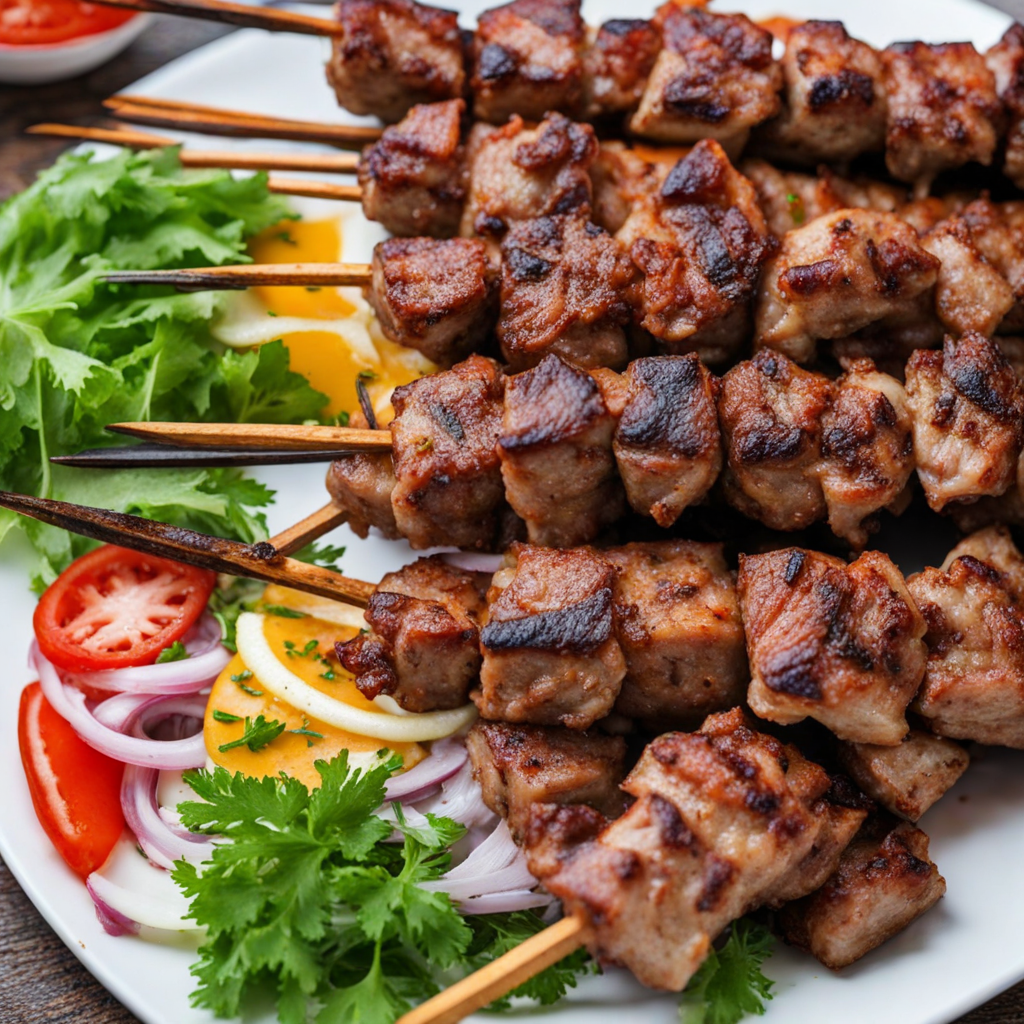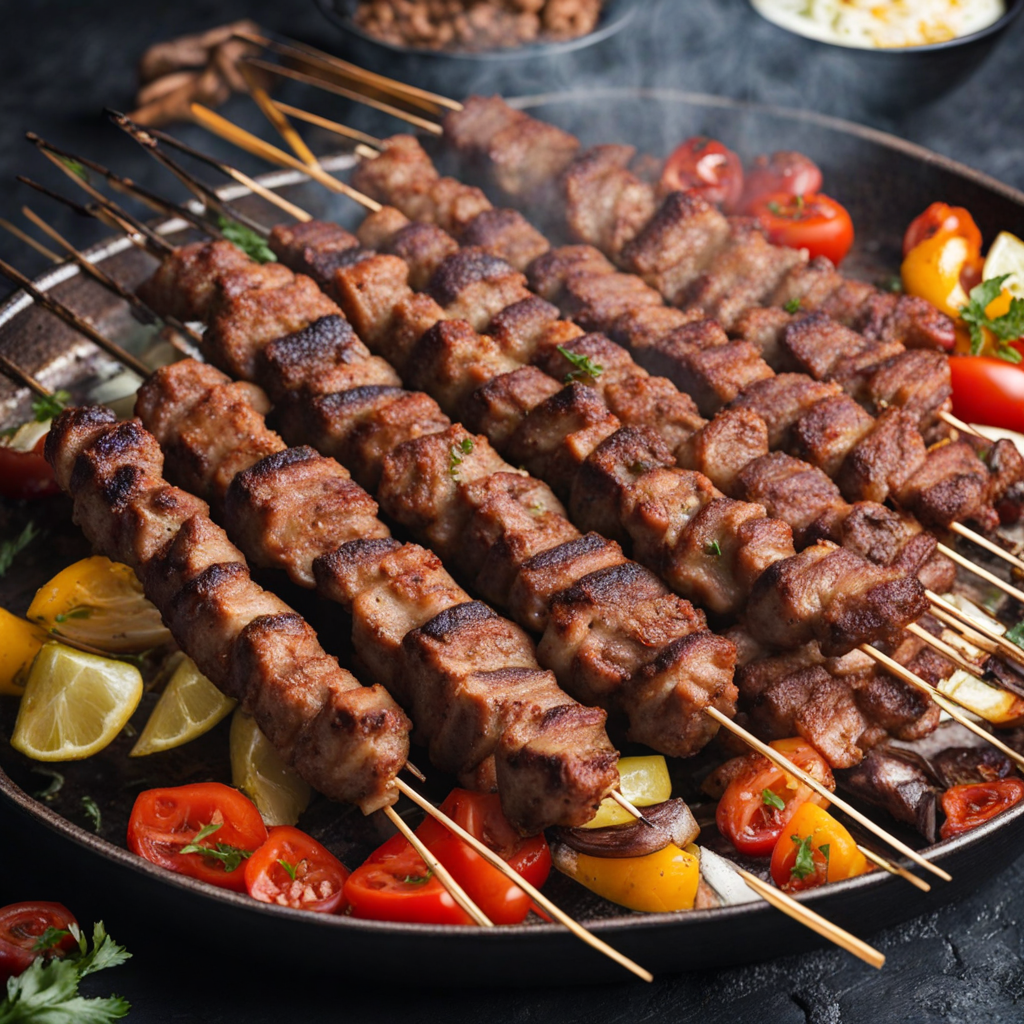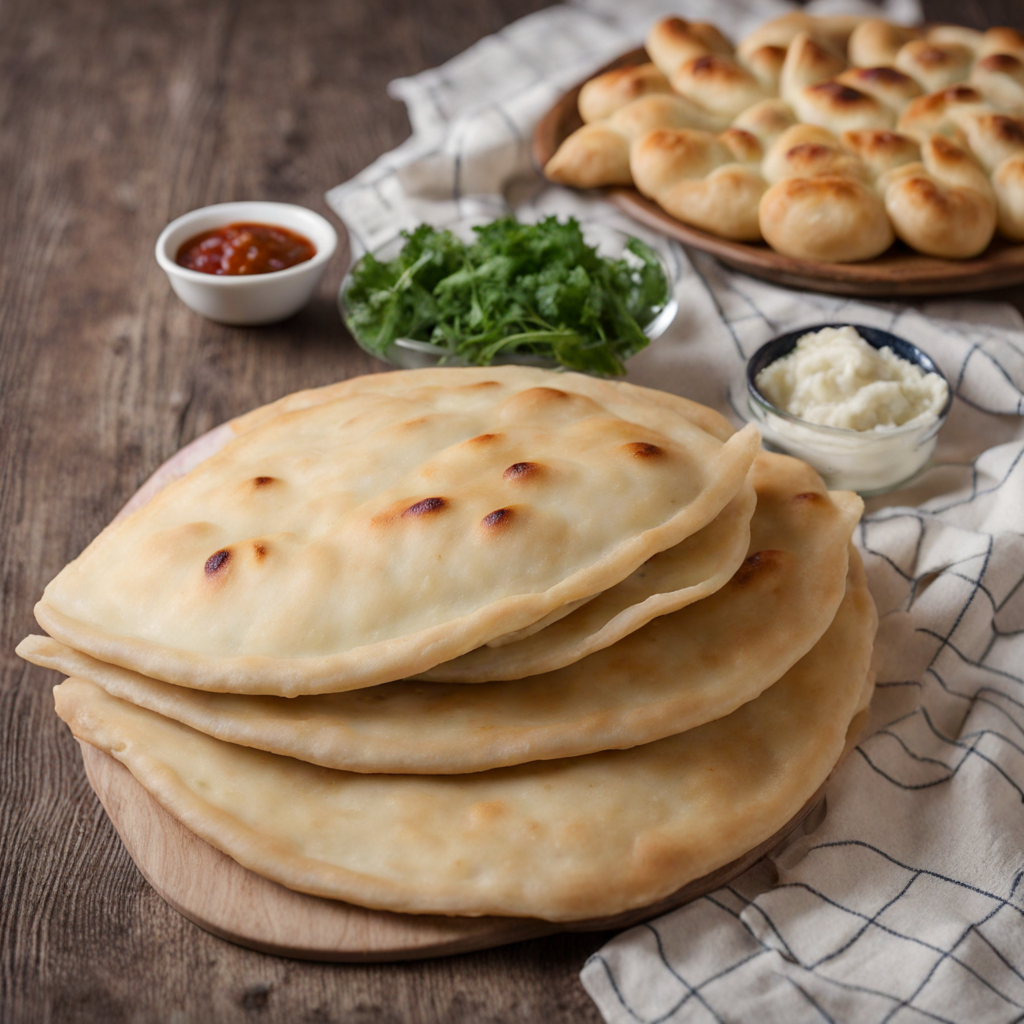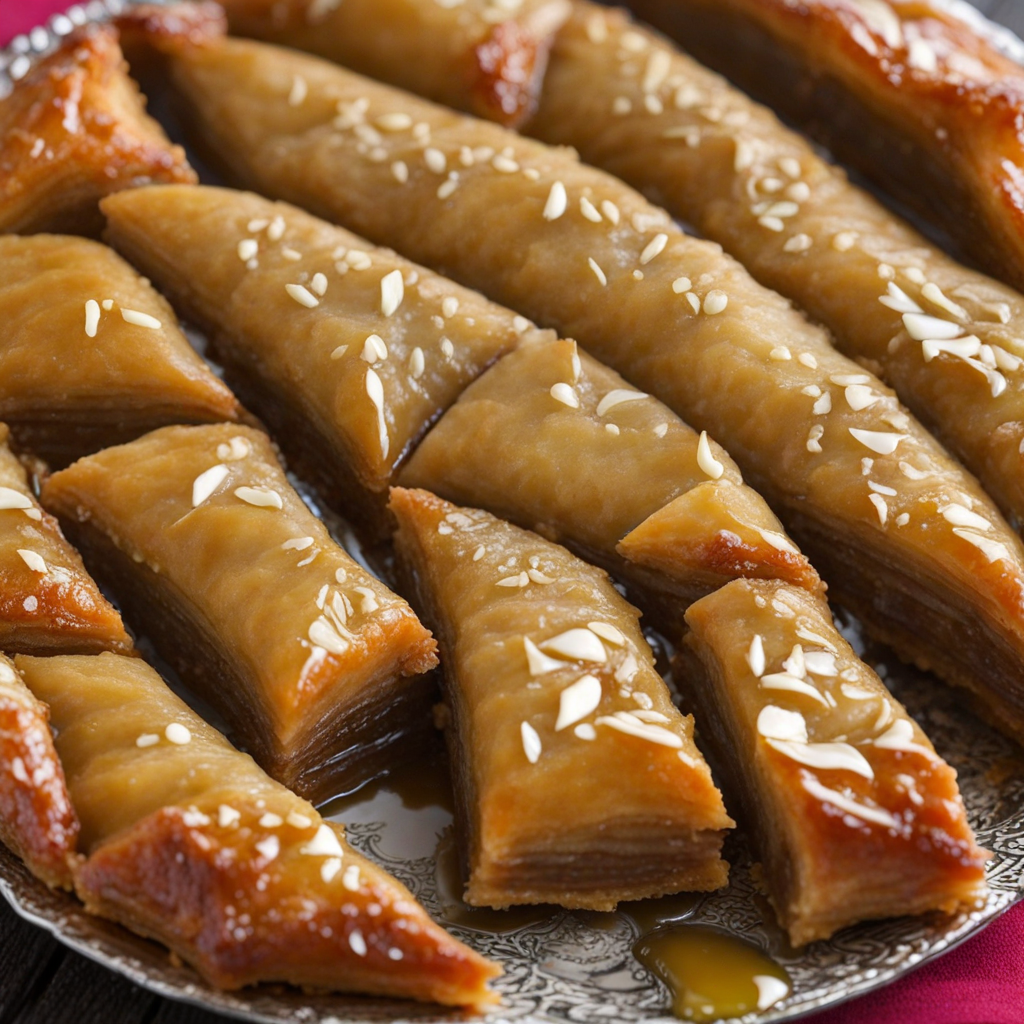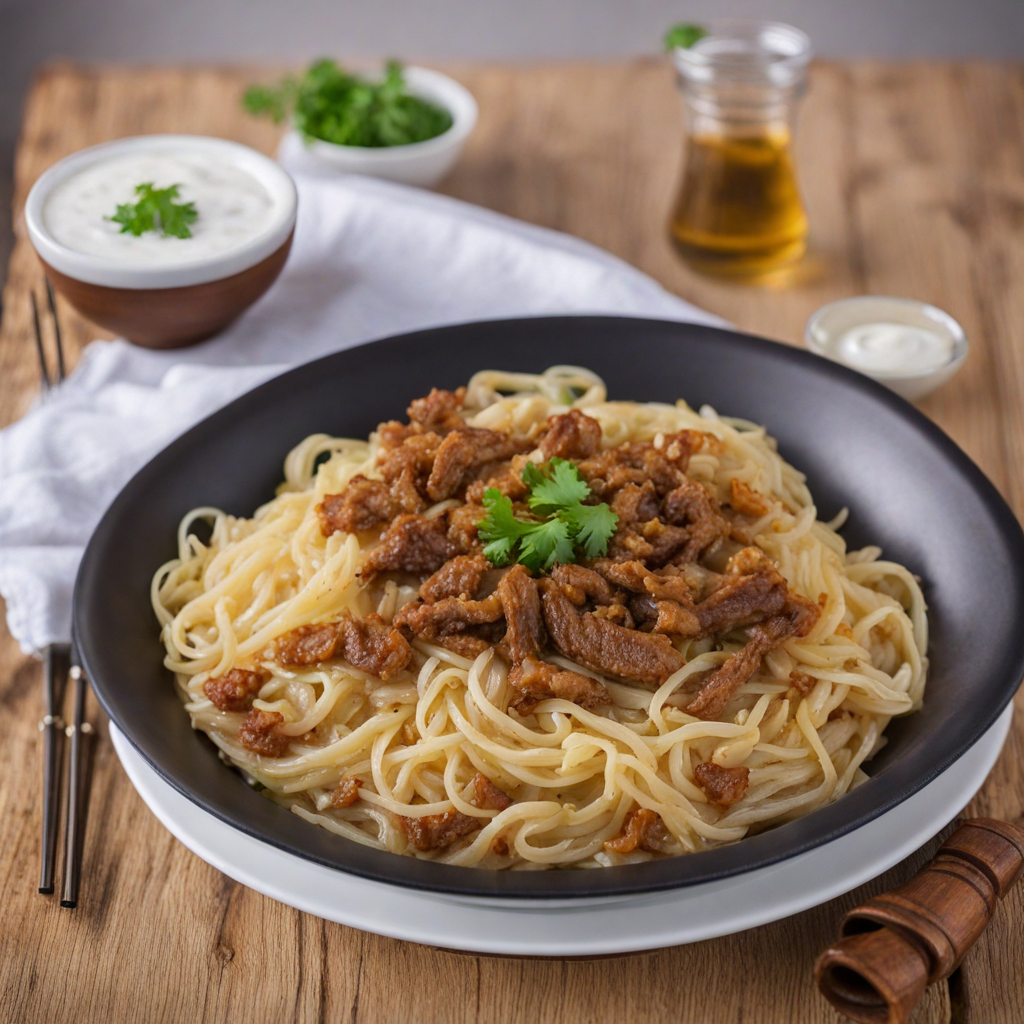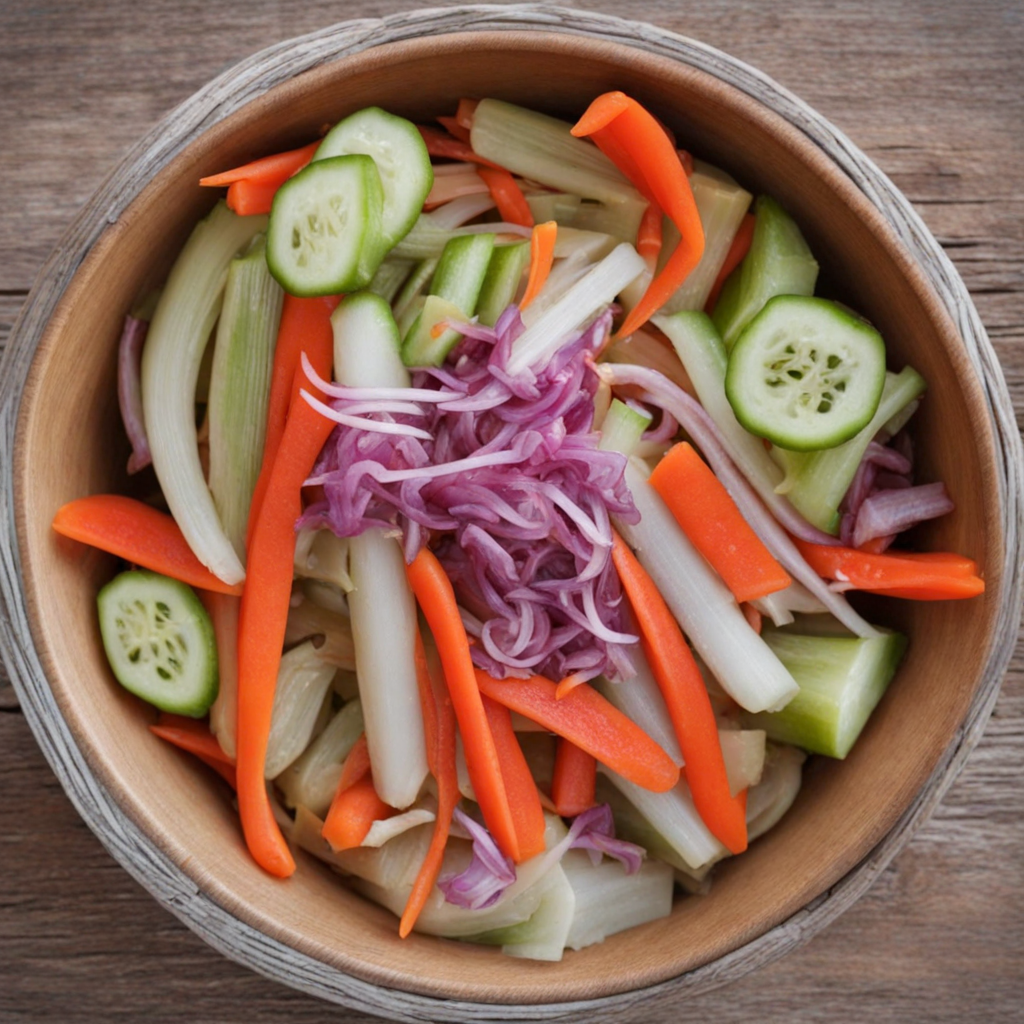Kebab
Azerbaijani kebab is a delightful culinary experience that showcases the rich flavors and traditions of the region. At its core, kebab in Azerbaijan is typically made from marinated chunks of meat, often lamb or beef, which are skewered and grilled to perfection. The marinade usually comprises a blend of spices, herbs, and sometimes yogurt, which tenderizes the meat and infuses it with aromatic flavors. The grilling process adds a smoky char, enhancing the taste and creating a beautiful caramelized crust that tantalizes the palate. The presentation of Azerbaijani kebab is equally enticing. It is often served alongside a variety of accompaniments, such as freshly baked lavash (a type of flatbread), grilled vegetables, and tangy sauces. The combination of textures and flavors creates a well-rounded meal that is both satisfying and memorable. The kebabs can be enjoyed as a main dish or as part of a larger spread, making them a versatile choice for gatherings and celebrations. One of the unique aspects of Azerbaijani kebab is the cultural significance it holds. It is not just a dish but a symbol of hospitality and community. Sharing kebabs with friends and family is a cherished tradition, often accompanied by lively conversations and laughter. As you indulge in this delectable dish, you are not only savoring the rich flavors of the meat but also partaking in a cultural experience that reflects the warmth and generosity of Azerbaijani hospitality.
How It Became This Dish
The Culinary Journey of کباب (Kebab) in Azerbaijan Kebab, a cherished culinary delight, holds a prominent place in Azerbaijani cuisine, characterized by its rich flavors and diverse preparations. The history of kebab in Azerbaijan is a tapestry woven with threads of cultural exchange, tradition, and regional influences, showcasing the country's unique culinary identity. #### Origins The origins of kebab can be traced back to ancient Persia, where the practice of grilling meat over open flames was first documented. The word 'kebab' itself derives from the Persian “kabab,” which means “to fry” or “to roast.” As the Persian Empire expanded, so too did the culinary techniques associated with grilling meat. The art of kebab-making traveled along trade routes, including the Silk Road, reaching various regions, including the Caucasus, where Azerbaijan is located. In Azerbaijan, the tradition of grilling meat has deep roots, dating back thousands of years. Archaeological findings indicate that the region was inhabited by nomadic tribes who relied on livestock for sustenance. The art of cooking meat over an open flame became a practical necessity, as well as a social ritual. As these tribes settled, they developed unique cooking methods that would eventually evolve into the kebab we know today. #### Cultural Significance Kebab holds a significant place not only in Azerbaijani cuisine but also in the cultural fabric of the nation. It symbolizes hospitality and communal gatherings, often served during festive occasions, family celebrations, and social events. The act of grilling kebab is not merely a cooking technique; it is a communal activity that brings families and friends together, fostering a sense of unity. The aroma of sizzling meat fills the air, creating an inviting atmosphere that encourages camaraderie and conversation. In Azerbaijani culture, kebab is often accompanied by traditional side dishes such as lavash (a thin flatbread), fresh herbs, grilled vegetables, and tangy pickles. This combination reflects the Azerbaijani ethos of balance and harmony in flavors. Meals are often enjoyed outdoors, particularly in the summer months, where the beauty of nature complements the shared experience of dining. #### Development Over Time As Azerbaijan has evolved through various historical epochs, so too has its approach to kebab. The influence of neighboring cultures, such as Persian, Turkish, and Russian, has enriched the kebab tradition in Azerbaijan, leading to a variety of regional specialties. In the early 20th century, the rise of the Soviet Union brought significant changes to Azerbaijani cuisine. During this period, kebab became more widely recognized beyond its regional roots. Street vendors began selling kebabs, making them accessible to a broader audience. This commercialization further popularized the dish, giving rise to a new culinary culture that blended traditional recipes with modern techniques. The post-Soviet era saw a resurgence of interest in traditional Azerbaijani cuisine, as people sought to reconnect with their cultural heritage. Chefs and home cooks began to experiment with various types of meat, marinades, and grilling techniques, resulting in a rich tapestry of kebab varieties. Lamb, beef, chicken, and even fish became popular choices, each prepared with distinct marinades that highlight regional flavors. One of the most beloved types of kebab in Azerbaijan is the “shashlik,” which features skewered chunks of marinated meat grilled over an open flame. The marinade typically consists of a mixture of onions, garlic, vinegar, and an array of spices, allowing the meat to absorb the flavors before it reaches the grill. The cooking process is an art form, with the skill of the grill master playing a crucial role in achieving the perfect balance of tenderness and smokiness. #### Regional Variations Azerbaijan's diverse geography has contributed to the development of regional variations of kebab. In the mountainous regions, where access to fresh herbs and spices is abundant, kebabs are often infused with aromatic flavors from locally sourced ingredients. In coastal areas, seafood kebabs are popular, showcasing the country’s rich maritime resources. One notable variation is the "çörek kebabı," where kebabs are wrapped in dough and baked, offering a unique blend of flavors and textures. This dish highlights the creative adaptations of traditional kebab recipes, showcasing the ingenuity of Azerbaijani cooks. #### Modern Influence and Globalization In recent years, globalization has brought about an increased awareness and appreciation for Azerbaijani cuisine, including kebab. Azerbaijani restaurants have begun to pop up in major cities around the world, allowing people to experience the rich flavors and cultural significance of kebab firsthand. Food festivals and cultural events celebrate this culinary heritage, fostering a greater understanding of Azerbaijan’s diverse gastronomy. Social media platforms have also played a pivotal role in popularizing Azerbaijani kebab, with food bloggers and influencers showcasing mouthwatering images and recipes. This digital renaissance has made kebab not just a dish but a symbol of Azerbaijani culture that resonates with people across the globe. #### Conclusion The history of kebab in Azerbaijan is a rich narrative that encapsulates the country's cultural evolution, communal values, and culinary artistry. From its ancient origins to its contemporary adaptations, kebab remains a beloved dish that transcends generations and geography. Each skewer tells a story of tradition, innovation, and the enduring power of food to bring people together. Today, as Azerbaijan continues to navigate the complexities of modernity while cherishing its heritage, kebab stands as a testament to the nation’s resilience and creativity. The sizzling sound of meat on the grill is not just a culinary experience; it is a celebration of life, love, and the shared joy of gathering around the table—an enduring symbol of Azerbaijani identity.
You may like
Discover local flavors from Azerbaijan


